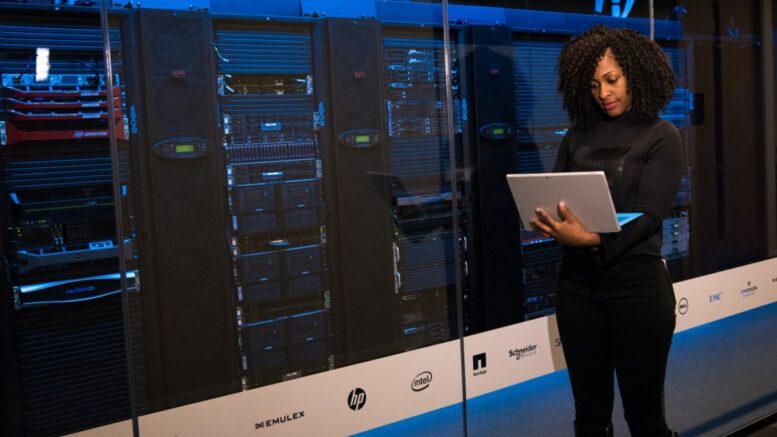Transferring data from one place to another in everyday life is as easy as copying and pasting. When it involves moving millions of data units into a new platform, everything becomes a lot more difficult.
Many businesses, nevertheless, view even a large-scale data migration as a simple, two-click job. Such an initial underestimate results in more time and money being spent.
Why is medical data conversion important?
Medical data conversion is an activity that has grown in importance for healthcare institutions in past years, mostly because of the growing demand for data interchange between various structures in an attempt to meet organizations’ growing demand for technological improvement. The specifics of this procedure, including data conversion, migration, and extraction, will be covered in this blog article. We will help you understand how each phase helps healthcare companies run more efficiently.
Data Conversion: What is it?
The practice of turning current information into a structure that can be loaded into online databases is known as “EHR data conversion.” Sometimes, this just entails translating data across digital formats or moving pre-existing EHR data from one database to another. Others perform EHR data conversion by scanning actual paper documents into a digital format and importing those files into an electronic database.
Data migration: What is it?
Medical data migration, in its broadest sense, is the movement of current past records to new storage, systems, or file formats. The process is trickier than it seems. Throughout the planning and post-migration phases, there is a lot of organization, backup generation, quality testing, and result confirmation required. The migration is not complete until the old platform, database, or location is turned off.

Data migration is frequently seen as a necessary evil instead of a procedure that adds value. And this appears to be the main cause of most problems, if not all of them. Half the battle is fought by recognizing migration as a significant innovation initiative deserving of special attention.
Data Extraction: What is it?
The crucial initial phase in switching from one EHR to the next is data extraction. The foundation for following procedures (such as transformation and load) that will provide a health information conversion or patient records migration that IT and data governance experts can be satisfied of is laid by a precise, consistent EMR data extraction.
Should you migrate, archive, or do both?
All records must be transferred to the new EMR/EHR when a healthcare facility switches systems. Many countries mandate that a healthcare establishment keep patient records for at least five years. This covers both financial and medical histories. What fiscal and health records should I transfer to a new EHR, and what records should I archive?
Your policy about passing information from one person to another and continuity of care will determine the answer. Remember to take into account local and federal laws, vendor prices, and your anticipated future needs for historical data, including requests from patients and providers, legal and insurance verification, audits, and accounting. As indicated in the graphic below, there may be a number of reasons why an EHR replacement may necessitate both the migration and archival of some data.
Bottom line
Medical data transfer generally has several advantages for healthcare companies. This procedure makes healthcare organizations work more smoothly and efficiently by maintaining medical data, enhancing data quality and accuracy, assuring compliance with regulations, and improving efficiency. If you are about to get involved in the process, make sure you get in touch with medical data conversion experts right away and get the job done easily.
